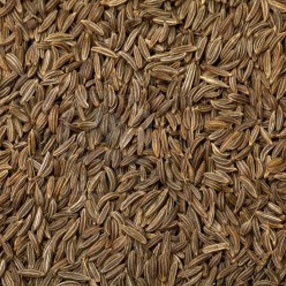

Cumin Seeds

(machine clean)
We are dealing with
Singapore Quality – 95%, 96%, 97%, 98%,99%, 99.5% purity
Europe Quality – 99%, 99.5% purity
Cumin seeds not only add taste to food but also are very beneficial for body. Also known as jeera, these cumin seeds have been extensively used in culinary preparations in the Indian subcontinent since ages.
It is a rich source of iron and hence very beneficial for anaemics as well as lactating mothers and pregnant women, who tend to need iron more than others.
History
Cumin has been in use since ancient times. Seeds excavated at the Syrian site Tell ed-Der have been dated to the second millennium BC. They have also been reported from several New Kingdom levels of ancient Egyptian archaeological sites.
Originally cultivated in Iran and Mediterranean region, cumin is mentioned in the Bible in both the Old Testament and the New Testament. The ancient Greeks kept cumin at the dining table in its own container (much as pepper is frequently kept today), and this practice continues in Morocco. Cumin was also used heavily in ancient Roman cuisine. During the Middle Ages, cumin fell out of favour in Europe, except in Spain and Malta. It was introduced to the Americas by Spanish and Portuguese colonists. There are several different types of cumin but the most famous ones are black and green cumin which are both used in Persian cuisine.
It has since returned to favour in parts of Europe. Today, it is mostly grown in Iran, Uzbekistan, Tajikistan, Turkey, Morocco, Egypt, India, Syria, Mexico, Chile, and China. The plant occurs as a rare casual in the British Isles, mainly in southern England, but the frequency of its occurrence has declined greatly. According to the Botanical Society of the British Isles’ most recent Atlas, there has been only one confirmed record since 2000.
In India, cumin has been used for millennia as a traditional ingredient of curry.
